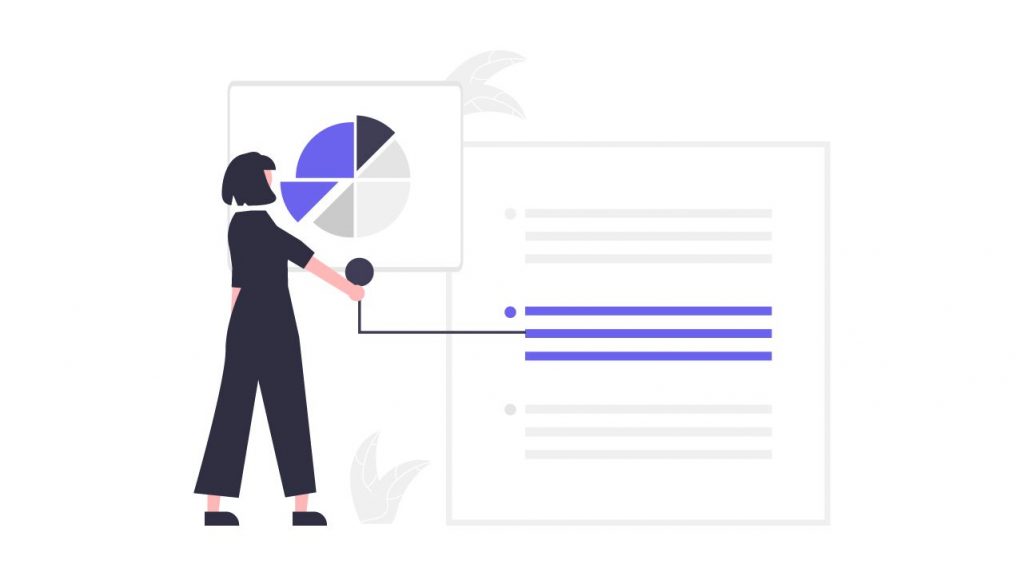Procurement management is the whole system within an organization, the purpose of which is to optimize the company’s spendings. In more detail, the procurement process includes acquiring required goods and services from vendors within established budgets and timeframes.

Steps of procurement management
Understanding needs
The initial step in procurement processes is recognizing specific business needs and fulfilling them. Further, procurement managers, department or project heads analyze the requirements, estimate a budget dedicated to the purchase, conduct diligence checks. Therefore, they should also understand if any current contracts could cover this need and require approval to continue the process.
Purchase requisition
A purchase request is often a form that you should electronically submit within the software. The requisitioner specifies best fitting vendors for this specific purchase, item or service description, purchase amount, and other essential information required to procure. Therefore, data should be 100% accurate without any errors and inaccuracy.
Review of a requisition
The procurement process will only start if procurement and department heads check and approve the purchase request. Therefore, if the purchase request is approved, purchase orders will be created based on them. Requests with rejection will go back to the initiator, mentioning the reason for disapproval.
Solicitation process
The procurement team will prepare a procurement plan after the approval of purchase request and the creation of purchase order. The purpose of the solicitation process is to gather information, offers, and quotations from potential vendors. Therefore, the process should be formalized with written documents and electronic forms.
Review, selection, and contracting
After the closure of the solicitation process, the procurement team will start the review process with the evolution committee if there is such. By evolution submitted quotations, they will determine best-fitting suppliers for the current needs. During the review process, they should identify that there are no conflicts of interest.
After selecting the vendor, both parties should form and sign the contract. Further, they should send the purchase order to the vendor, and activate the agreement after the acceptance and recognition.
Order management
The vendor provides goods or services within the specified period, based on the purchase order data. When the order is received, inventory managers, requisitioners, or other responsible check quantities, qualities, or performance of the goods or services received. Therefore, in case there are issues, the vendor should adjust the order.
Learn more about order management processes.
Invoice submission and approval
The vendor should issue an invoice relying on the purchase order and contract after receiving the order. If the invoice data is in line with the initial terms, the responsible party should approve it. After that, the payment process should be initiated based on the payment terms mentioned in the agreement.
Record keeping
After the whole process is completed, all documents starting from the purchase requisition and ending with the payment evidence should be stored in a centralized place, because you might later need it for tax control, internal or external audit procedures, etc.
How to improve procurement management?

Centralized information
For sure, procurement processes cannot be effective if the information is in different locations. It should be of the highest priority to store all data, from vendor information to accounts payable, in one place. It will allow internal stakeholders to keep and quickly access all necessary data, increasing the decision-making and daily activities’ effectiveness.
Standardized procurement policy
Building a standard procurement policy is just as crucial as centralizing information. Well-developed and standard procurement processes will simplify each purchase process. When all stakeholders follow standard procedures, there will be consistency among all cases and practices.
Automation of procurement processes
Many steps in procurement procedures can be automated with the right software. Automation will help to save time and resources. It will also reduce human error and paperwork chaos, inject transparency, and ensure consistency and timeliness of procurement and payment cycles. A solid procurement software will help to control better the processes of every step in the purchase cycle.
Support for professional development
In the rapidly changing business environment, today’s skills might be irrelevant tomorrow. Therefore, it is essential to keep procurement specialists educated with modern practices and tools because the professional development of the staff can be immensely valuable for the company. For example, continuously training your team will increase their potential for decision-making, practical and technology skills required for better performance. You can organize in-house learning sessions, online workshops, and courses such as professional procurement training.
Unlimited options
In recent years, businesses are paying great attention to cost-cutting practices. Although you might already have well-established relationships with your current partners, there can be other suppliers in the market who could offer more financially friendly deals. Therefore, always keep your options open when it comes to choosing the right vendor.
Feedback system
To support business growth, it is crucial to improve external and internal processes continuously. Procurement processes are not an exception. To improve something, you first need to identify issues. The best way to do it is to collect feedback from stakeholders involved after each purchase process. Therefore, you can use it to learn from mistakes and inefficiencies and optimize purchasing practices accordingly.
Conclusion
Procurement directly affects a company’s revenue by supporting and conducting all spendings. Therefore, smart procurement management practices are crucial for efficient and smoothly running the business and achieving all the benefits.







